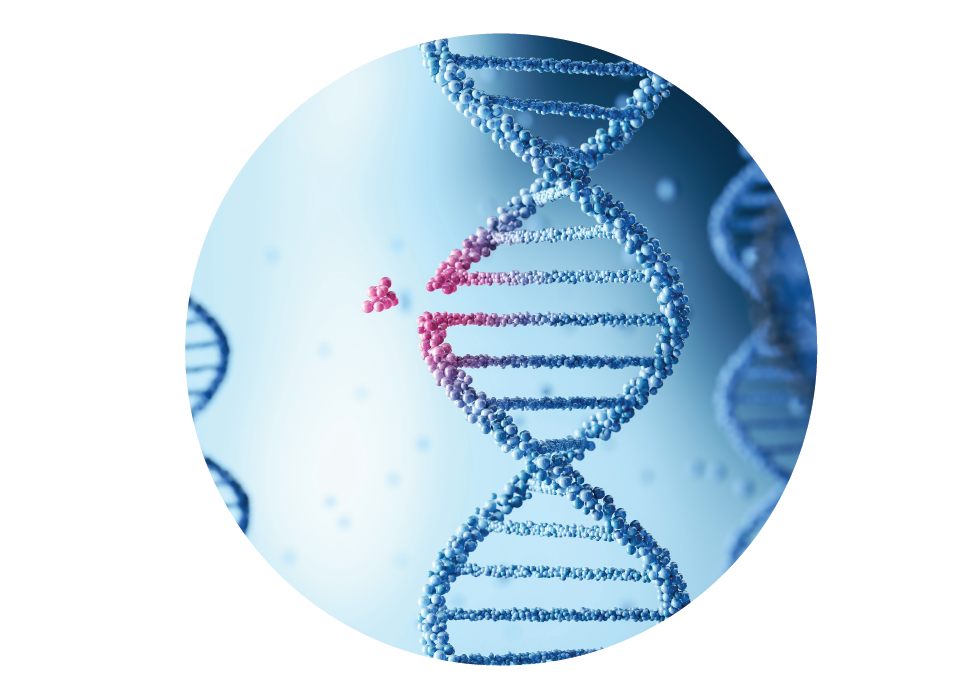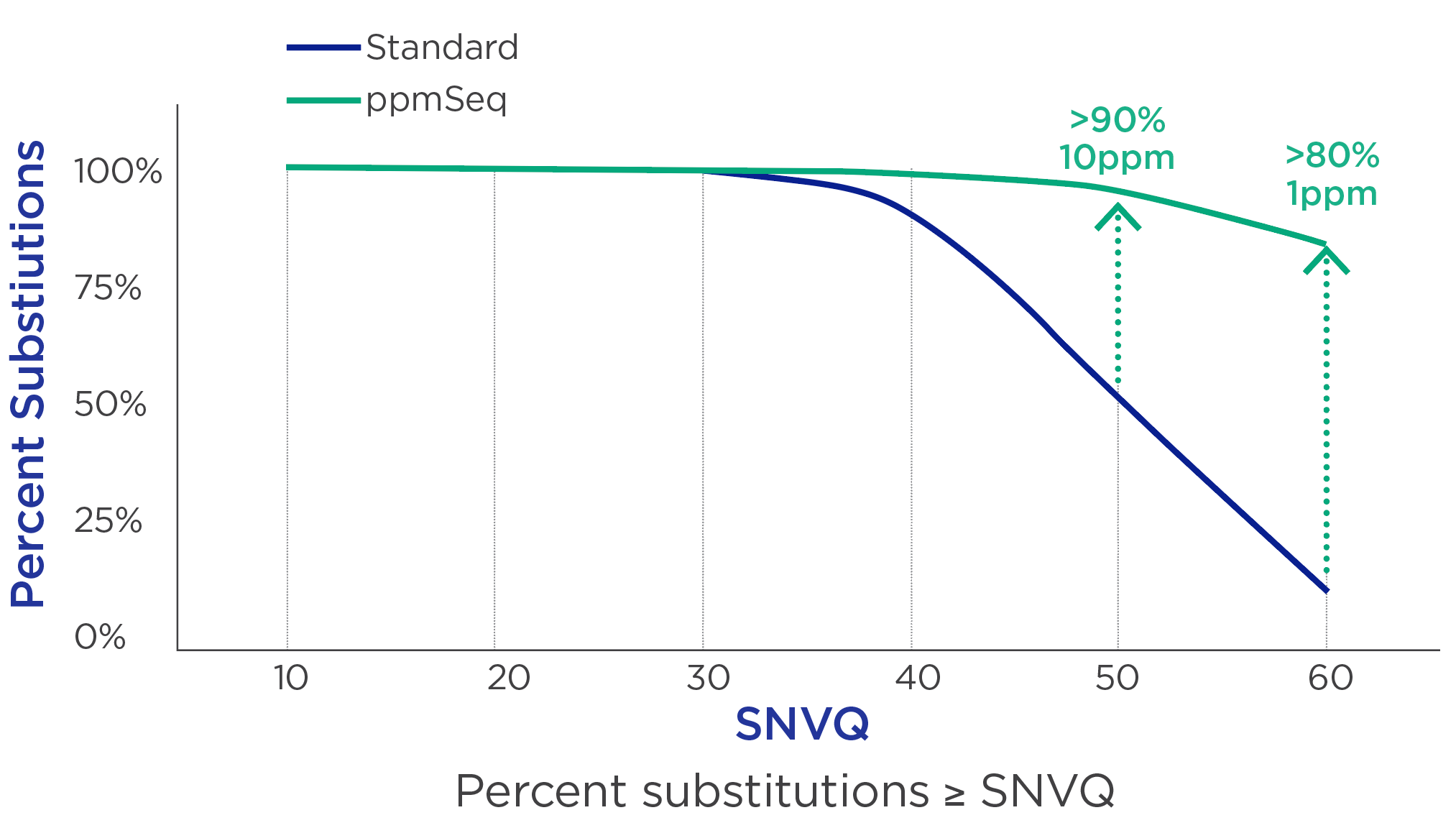Genomics researchers are continuing to delve deeper and deeper into the complexities of the human genome. The promise of liquid biopsies has us moving on to harder questions – can a liquid biopsy be used for routine cancer monitoring? Can we detect other, non-cancerous disease states from liquid biopsies? Can we find cancer early, before suspicions of disease even arise? Going beyond the simplistic idea that every cell in the human body carries the same genome, new efforts aim to understand the extent of somatic mosaicism and how it could contribute to diseases like cancer.
These endeavors have a common challenge: how do we accurately detect an extremely rare event? The frequency of these rare events is not only lower than traditional sequencing error rates, but sometimes also lower than the error rate of sample artifacts.
The combination of Ultima’s flow-based sequencing chemistry and emulsion-based clonal amplification technologies enables a ground-breaking new method: paired plus minus sequencing, or ppmSeq™. With ppmSeq, errors are reduced to one part per million or better, empowering scientists to start tackling some of biology’s most challenging problems.






